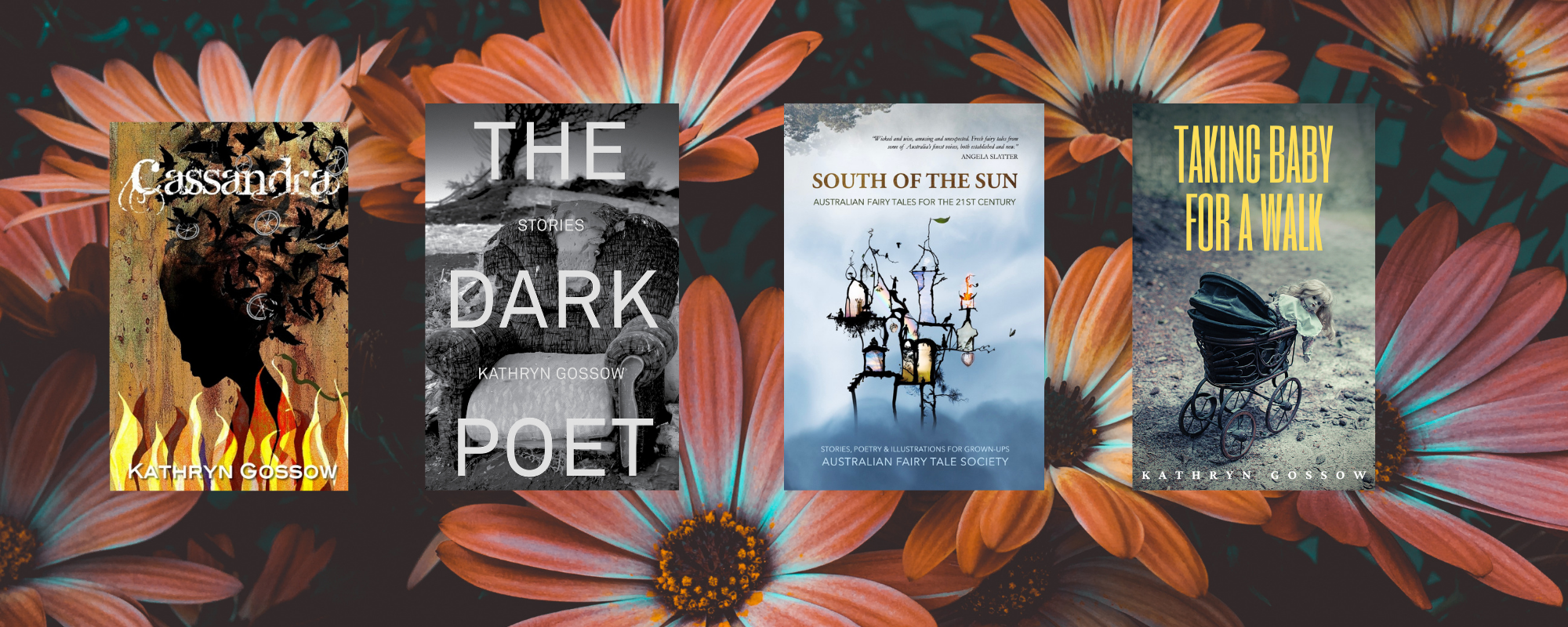
When you Google The Snow Kimono, Mark Henshaw’s 2014 book, Google will offer you ‘The Snow Kimono explained’ as a predicted search option. You can’t go into this book with expectations of neat tidy bows.
Omura’s father, in the Japanese section of the book, buys and European jigsaw puzzle. He loves puzzles and he is excited by the notion of 5000 pieces. He gives the lid of the box to his son, and after agonising on each piece for some time he realises the puzzle’s solution is the lid of the box. He is disillusioned – ‘No matter where you start, he said. You always end up in the same place. And you always know beforehand.’ Does this sound like plot driven formulaic fiction?
By contrast the Japanese puzzles.
Some pieces are small, others large, but all are calculated to deceive, to lead one astray, in order to make the solution of the puzzle as difficult, as challenging, as possible. In our tradition, how a puzzle is made, and how it is solved, reveals some greater truth about the world. Puzzles are not toys to us, but objects of contemplation.
Reading this book is like doing a puzzle. It unravels. It reveals information. Like you are doing a puzzle, putting in a piece of sky, a piece of a sleeve, a piece of someone’s whiskers and eventually a full picture will emerge. Except this book doesn’t reveal. It deceives, leads you astray and is challenging.
Essentially the plot is Jovert, a retired police investigation in Paris, is approached by Omura who tells him the story of his life, his daughter Fumiko (not his daughter) and importantly his childhood friend, enigmatic and dangerous Katsuo and his relationships with his wife Mariko and more complicated relationship with Sachiko. We also travel to Algiers and find out some of Jovert’s covert history. Each of these pieces vary in size and shape and some have completion and some do not. Because as Jovert says “Memory is a savage editor.” and “What people told you was not always the truth; the truth was what you found out, eventually, by putting all the pieces together. And sometimes not even then.”
When you watch Fight Club, or Donny Darko, or The Usual Suspects – you feel the need to watch them again because when you know the ending, the journey is different. So I think it is with The Snow Kimono. The Pocket Book club agreed a second read would be revealing. Anne gave it a go. Then she gave up because she found she just did not care. Several members said they had trouble connecting to the characters and caring about them.
Dee chose this book for Pocket Bookclub – because she loved it. The rest of the Pocket Book club was a bit cold on The Snow Kimono. I enjoyed the slow ride to nowhere or somewhere not quite complete.
What we ate: Sushi and Brie in recognition book’s settings.

2 thoughts on “Bookclub cold on The Snow Kimono”